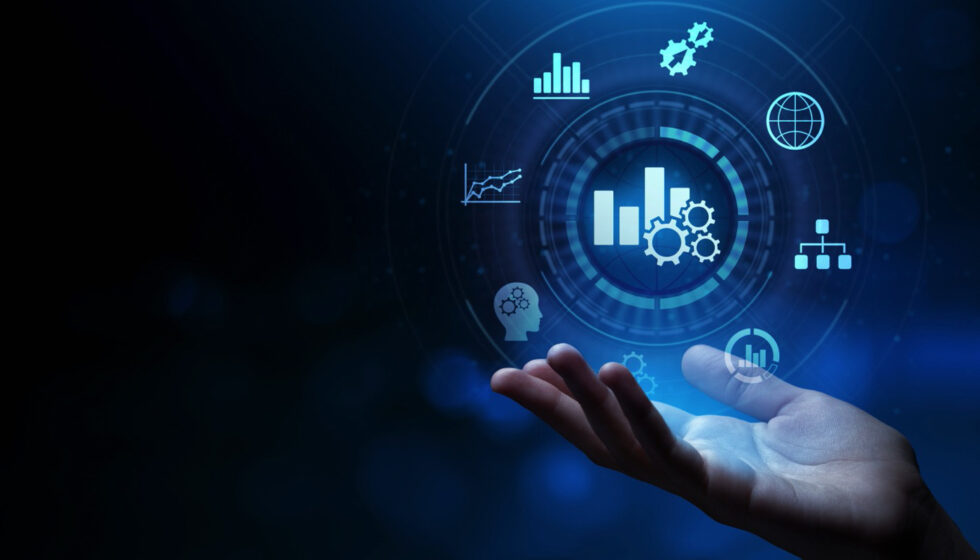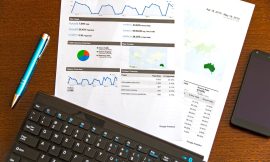In today’s data-driven world, businesses are bombarded with information every single day. From customer preferences to sales trends, data is everywhere. But how do companies turn these piles of information into something meaningful and actionable? That’s where Data Analytics and Business Intelligence (BI) come into play. Although both are crucial for making informed decisions, they serve different purposes and can sometimes be misunderstood. So, let’s dive in and explore the core differences between Data Analytics and Business Intelligence in a way that’ll leave you feeling like a data wizard!
What Are Data Analytics and Business Intelligence?
Before we get into the nitty-gritty, let’s start with the basics: what exactly are Data Analytics and Business Intelligence? You’ve probably heard these terms thrown around in meetings or read them in industry reports, but they’re not interchangeable.
What Is Data Analytics?
In simple terms, Data Analytics is the science of analyzing raw data to draw meaningful insights. It’s all about looking for patterns, trends, or relationships within the data that can help solve problems or predict future outcomes. Think of it as detective work—you’re sifting through data to find clues and make sense of them.
What Is Business Intelligence (BI)?
Business Intelligence, on the other hand, is all about transforming data into actionable insights through reports, dashboards, and visualizations. BI takes historical data and shows you what’s already happened, helping you make informed decisions based on past performance. It’s like having a rearview mirror that tells you where you’ve been so you can steer your business in the right direction.
Core Differences Between Data Analytics and BI
Alright, now that we’ve covered the definitions, let’s get into the real meat of the topic—what makes Data Analytics and BI different? Here are the major distinctions:
1. Purpose: Predictive vs. Descriptive
One of the biggest differences is in their purpose. Data Analytics is mostly predictive. It’s about using data to predict what might happen in the future. BI, on the other hand, is descriptive—it tells you what has already happened.
Predicting the Future with Data Analytics
Let’s say you’re in the retail business. With Data Analytics, you can analyze past sales trends, customer behavior, and seasonal patterns to predict which products will be hot sellers next quarter.
Learning from the Past with BI
Meanwhile, BI will help you understand why last quarter’s product didn’t sell as expected. You’ll be able to see past trends, identify what worked and what didn’t, and make smarter decisions moving forward.
2. Data Usage: Raw vs. Processed
Another big difference lies in the type of data each field uses. Data Analytics works with raw, unstructured data. Analysts take this data, clean it, and then apply complex algorithms to uncover patterns. BI, however, focuses on processed, structured data that’s neatly organized and ready to be consumed in reports and dashboards.
Uncovering Insights from Raw Data
In Data Analytics, you might deal with massive data sets that need to be wrangled into shape before any insights can be drawn. It’s like sculpting a block of marble into a statue.
Visualizing Structured Data
With BI, you’re handed that polished statue and asked to make sense of it. You’re working with structured data that’s already been processed and organized into tables, charts, and graphs, making it easier to spot trends.
3. Tools and Techniques: Sophisticated vs. User-Friendly
Here’s where things get a bit more technical. Data Analytics often involves more advanced tools like Python, R, or machine learning algorithms. BI, however, is generally more user-friendly and often relies on tools like Tableau, Power BI, or even Excel.
Complex Algorithms in Data Analytics
Data Analytics might require coding skills and the ability to work with more complex algorithms. For example, a data scientist could build a predictive model that forecasts customer churn based on behavior patterns.
Simpler Tools in BI
BI tools, on the other hand, are more accessible to non-technical users. With just a few clicks, a marketing manager could create a sales report in Power BI that shows how different campaigns performed over time.
How Data Analytics and BI Work Together
Even though Data Analytics and BI are different, they’re not adversaries. In fact, they often work hand-in-hand to help businesses make better decisions.
Turning Insights into Action
Let’s say your Data Analytics team has uncovered that customers are more likely to buy during the holiday season. That’s great insight, but how do you act on it? This is where BI comes in. Your BI tools can help visualize this trend, allowing your marketing team to launch targeted campaigns based on the analysis.
Continuous Improvement Loop
Data Analytics and BI create a continuous loop of improvement. Data Analytics identifies potential opportunities or issues, while BI helps track the performance of initiatives based on those insights. This loop ensures you’re not just making decisions in a vacuum—you’re continuously learning and improving.
Real-World Applications of Data Analytics and BI
To really understand how these two fields differ, let’s look at some real-world applications.
1. E-commerce: Personalizing Customer Experiences
In the world of e-commerce, Data Analytics is used to personalize customer experiences. Retailers analyze browsing behavior, purchase history, and even social media activity to recommend products you’re more likely to buy.
BI comes into play when businesses want to know how well those recommendations are performing. Did the personalized approach lead to increased sales? BI dashboards will provide the answer.
2. Healthcare: Improving Patient Outcomes
In healthcare, Data Analytics is used to predict disease outbreaks or identify at-risk patients before symptoms even appear. Meanwhile, BI helps track patient outcomes, showing healthcare providers what treatments worked best in the past.
3. Finance: Managing Risk
In finance, Data Analytics is essential for risk management. Analysts can use predictive models to identify which investments are riskier and which ones are more likely to succeed. BI then steps in to monitor how those investments perform over time, helping finance teams refine their strategies.
The Skills You Need for Data Analytics vs. BI
If you’re thinking about diving into one of these fields, you’re probably wondering what skills are required. Spoiler alert: they’re quite different!
Data Analytics Skills
For Data Analytics, you’ll need strong math and statistics skills, plus some experience with programming languages like Python or R. You’ll also need to be comfortable working with large data sets and applying machine learning algorithms.
BI Skills
On the BI side, you’ll need solid knowledge of reporting tools like Tableau or Power BI. Familiarity with database systems (SQL is a big one!) and data visualization techniques will also come in handy. You don’t necessarily need to be a programmer, but having some tech-savvy will certainly help.
Choosing Between Data Analytics and BI
Now that you have a solid understanding of both fields, you might be asking yourself: “Which one should I focus on?” Well, it really depends on your goals.
When to Choose Data Analytics
If you’re someone who loves solving complex problems and working with raw data, Data Analytics could be your calling. This field is perfect for those who enjoy building models, predicting trends, and diving deep into the numbers.
When to Choose Business Intelligence
If you’re more interested in the big picture and helping businesses make informed decisions based on historical data, BI might be a better fit. This field is ideal for those who enjoy visualizing data and creating reports that drive strategic decisions.
The Future of Data Analytics and BI
Both Data Analytics and BI are evolving rapidly, thanks to advancements in technology like artificial intelligence (AI) and machine learning (ML). These technologies are making it easier to analyze and visualize data, blurring the lines between the two fields.
AI-Driven Analytics
In the future, we can expect AI to play a bigger role in both Data Analytics and BI. Predictive analytics tools powered by AI will become even more accurate, and BI tools will offer more real-time insights, allowing businesses to react faster than ever before.
The Rise of Self-Service BI
Self-service BI tools are already on the rise, making it easier for non-technical users to access data insights without needing a dedicated data team. This trend will likely continue, empowering more people within organizations to make data-driven decisions.
Final Thoughts
At the end of the day, both Data Analytics and business intelligence consulting services for businesses looking to leverage data. While Data Analytics focuses on predicting future outcomes, BI helps businesses learn from past data to make better decisions. Whether you choose to specialize in one or use them together, understanding their differences is key to making the most out of your data.
So, which one is your jam? Do you prefer the predictive power of Data Analytics, or are you drawn to the visual storytelling of BI? The choice is yours!




